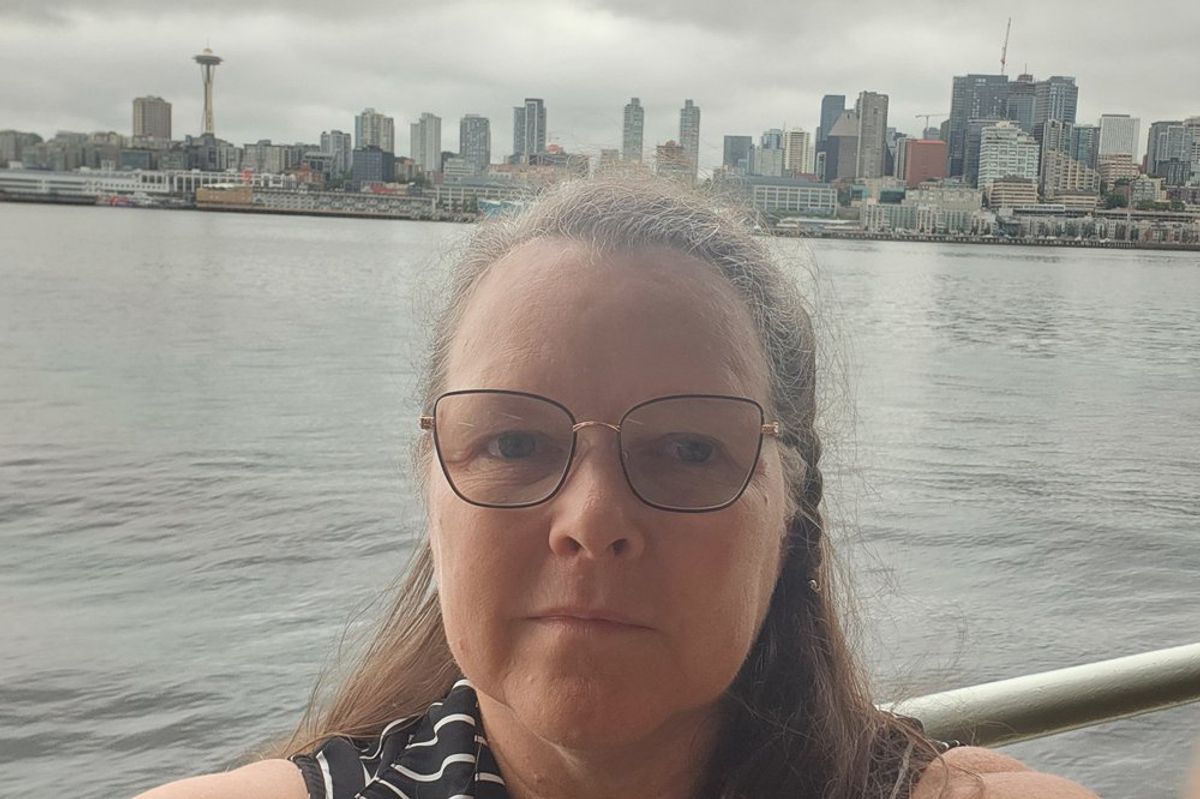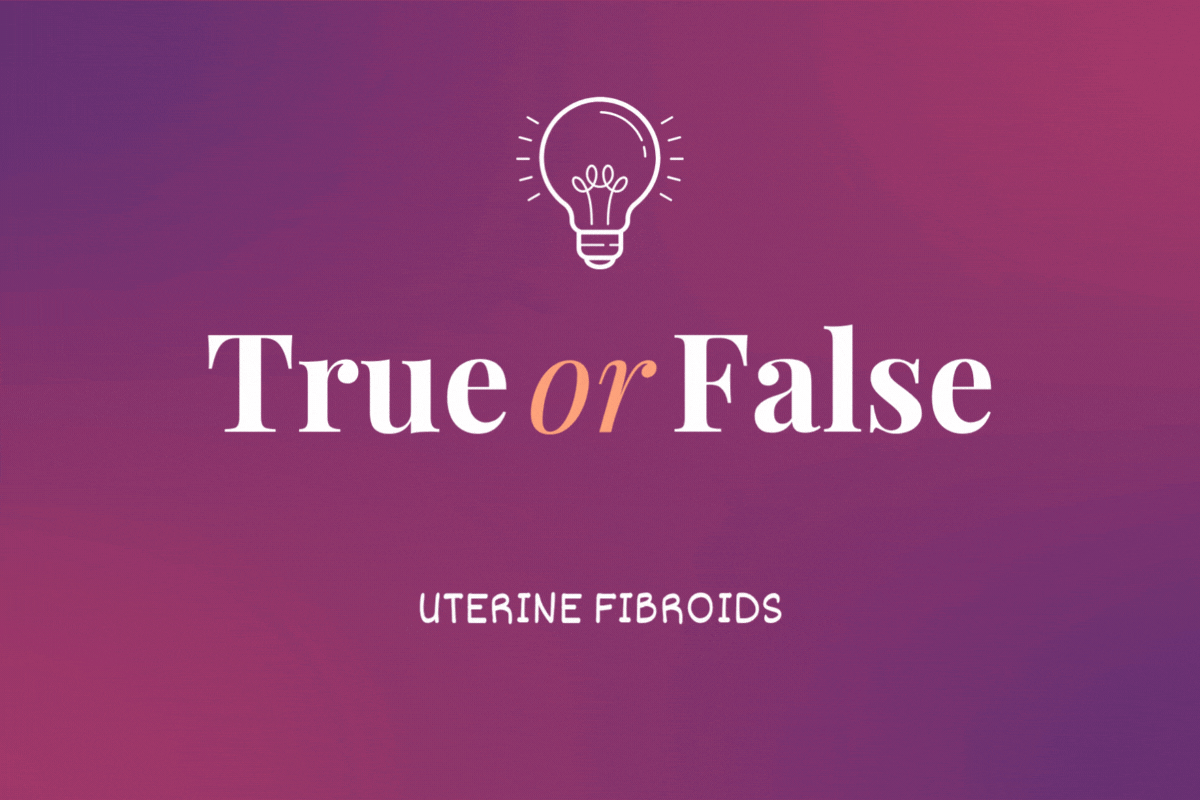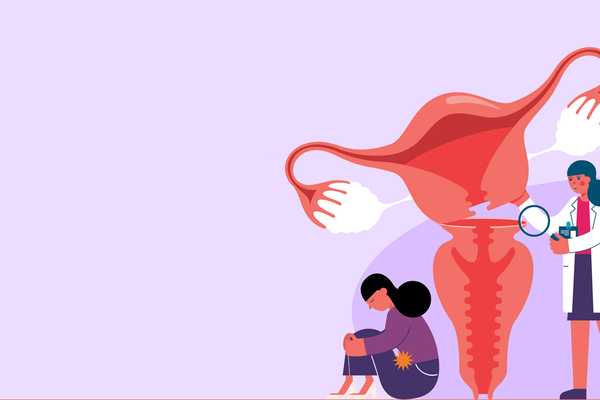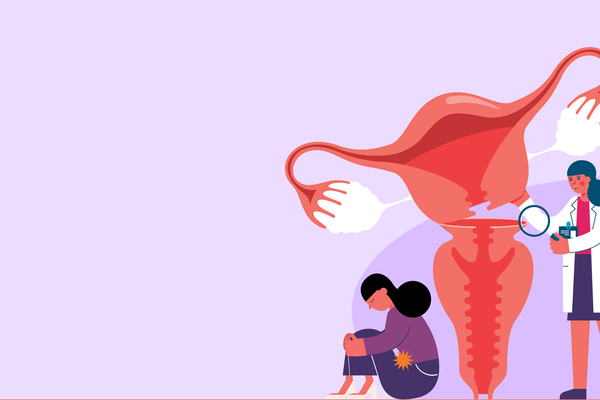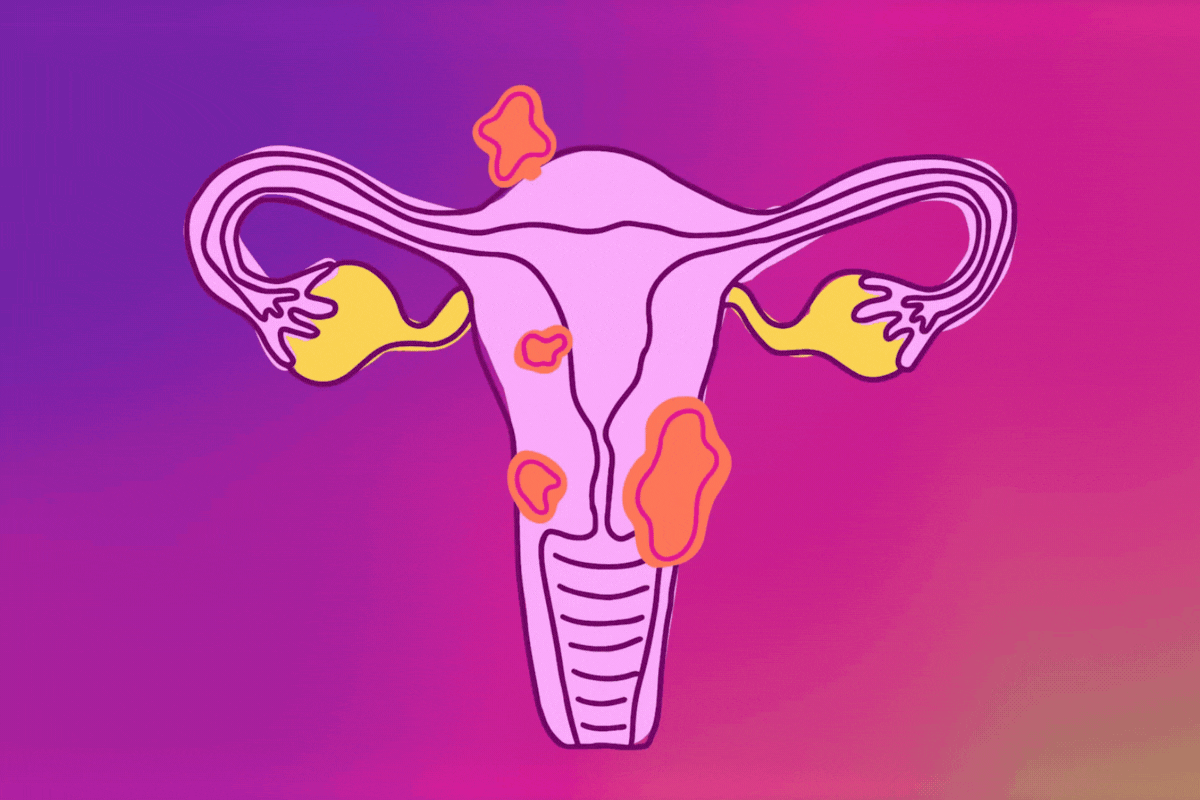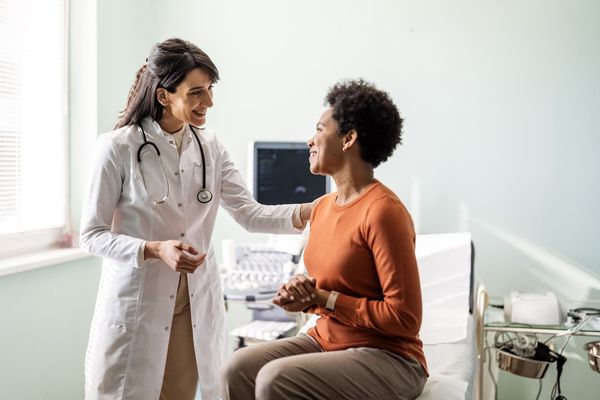As told to Nicole Audrey Spector
July is Fibroids Awareness month.
I was on birth control pills for most of my adult life, and in my early 40s, I had my tubes tied to prevent pregnancy.
After the surgery, which is called a tubal ligation, I began having extremely heavy and painful periods. They were so bad they were really affecting my life. I went to my primary care physician (PCP) who told me that the heavy periods were likely a result of going off birth control. She also recommended that I take a Midol and use a hot water bottle to relieve the pain. It wasn’t very helpful advice.
Over the next nine years, my symptoms worsened and grew. Not only did I have agonizingly intense periods, but I was always tired; had unusually dry, ashy skin; brittle hair; dramatic weight gain and shortness of breath when exercising. The weight gain was particularly confusing because I hadn’t changed my eating habits and I was not overeating.
My PCP recommended I take iron supplements to avoid becoming anemic from the heavy periods.
Feeling like that doctor wasn't listening, I changed PCPs. Four times. They all gave me the same answer: probably perimenopause. None of these medical professionals ever suggested any targeted tests to find out what was wrong. They basically just sent me on my way with the sentiment, “Welcome to getting older, lady!”
Nine years after the tubal ligation, I got on a plane to visit a friend. After the flight, I noticed that my ankles were very swollen. And after the plane ride back a few days later, my ankles were so swollen they had their own love handles.
Alarmed, I emailed my PCP a photo of the swelling. This time, she paid attention. Swollen ankles can be a sign of organ failure and other serious medical issues. She ordered me blood work and a ferritin test — which tells you how much iron your body is storing. The ferritin test revealed that I was so severely anemic, it was amazing that I didn’t have organ damage. The doctor also looked over my medical history and blood work — finally taking into consideration all the symptoms I’d been telling her about for years.
My PCP sent me to a vascular surgeon, who ordered ultrasound images of all the veins in my legs. The ultrasound confirmed I had a May-Thurner compression, a rare condition that stops blood from flowing properly. The surgeon scheduled a procedure to implant a stent to keep the vein open and told me I could expect to be on blood thinners for months and that there could be multiple lifelong health impacts from the compression and the anemia I’d had for so long.
We ended up not going forward with this plan, though, because the ultrasound also revealed something abnormal in my pelvis. The technician couldn't say more, but I was scheduled for a transvaginal ultrasound the next morning. That ultrasound showed numerous uterine fibroids that were pushing out my uterus and crushing an important vein against my spine.
I was told a hysterectomy would likely cure my pain and might relieve the compression. So, the stent procedure was canceled and I scheduled a hysterectomy instead.
Eager to meet my tormentor, I asked my OB-GYN to take a photo of my uterus once it was removed. In the photo he sent me, you can barely make out that the organ he’s holding is a uterus, it is so huge and misshapen. My uterus, normally the size of a lemon, was the size of a five-month pregnancy.
After the hysterectomy, I woke up groggy from anesthesia — but even in a haze, I could see that there was a rosy color in my arms and hands for the first time in nine years.
It’s been close to seven years since the hysterectomy that not only saved me, but returned my quality of life. My health problems are not over, though. I still work with an endocrinologist to gain insight into what is going on with my hormones and my inability to naturally lose weight. Her unofficial opinion is that my hormone activity has likely always been abnormal, but that the symptoms had been kept under control by the birth control I used for so many years.
Looking back on all I’ve been through, I’m horrified that it took nine years for me to be taken seriously by medical professionals.
We are frequently told to advocate for ourselves, which is excellent advice — but I advocated nonstop for myself. I even changed doctors multiple times to try to find someone — anyone — who would believe me when I tried to tell them something was wrong. And I was still not being heard by numerous doctors, many of whom were women. This is important to highlight because it shows that even women can ignore or dismiss the pain of other women.
Today, I hear of so many girls and young women living with horribly painful and heavy periods and being told by OB-GYNs and PCPs that this is just a normal part of womanhood. Take a Midol, use a hot water bottle, suck it up. But it’s not normal to live in agony.
When enough doctors have ignored you or told you you're wrong that you start to believe them, give up on them, not on yourself. Keep looking until you find the one who can hear you.
Have a Real Women, Real Stories of your own you want to share? Let us know.
Our Real Women, Real Stories are the authentic experiences of real-life women. The views, opinions and experiences shared in these stories are not endorsed by HealthyWomen and do not necessarily reflect the official policy or position of HealthyWomen.
- It's Not Normal: Black Women, Stop Suffering From Fibroids ›
- How Fibroids Can Affect Your Fertility ›
- My Heavy Menstrual Bleeding Led to Iron Deficiency Anemia and Disrupted My Career, but I Took My Life Back ›
- I Thought My Heavy Bleeding Was Normal — Until It Almost Killed Me ›
- After My Hysterectomy, I’m Living My Best Life ›
- Physical Changes Related to Estrogen - HealthyWomen ›

